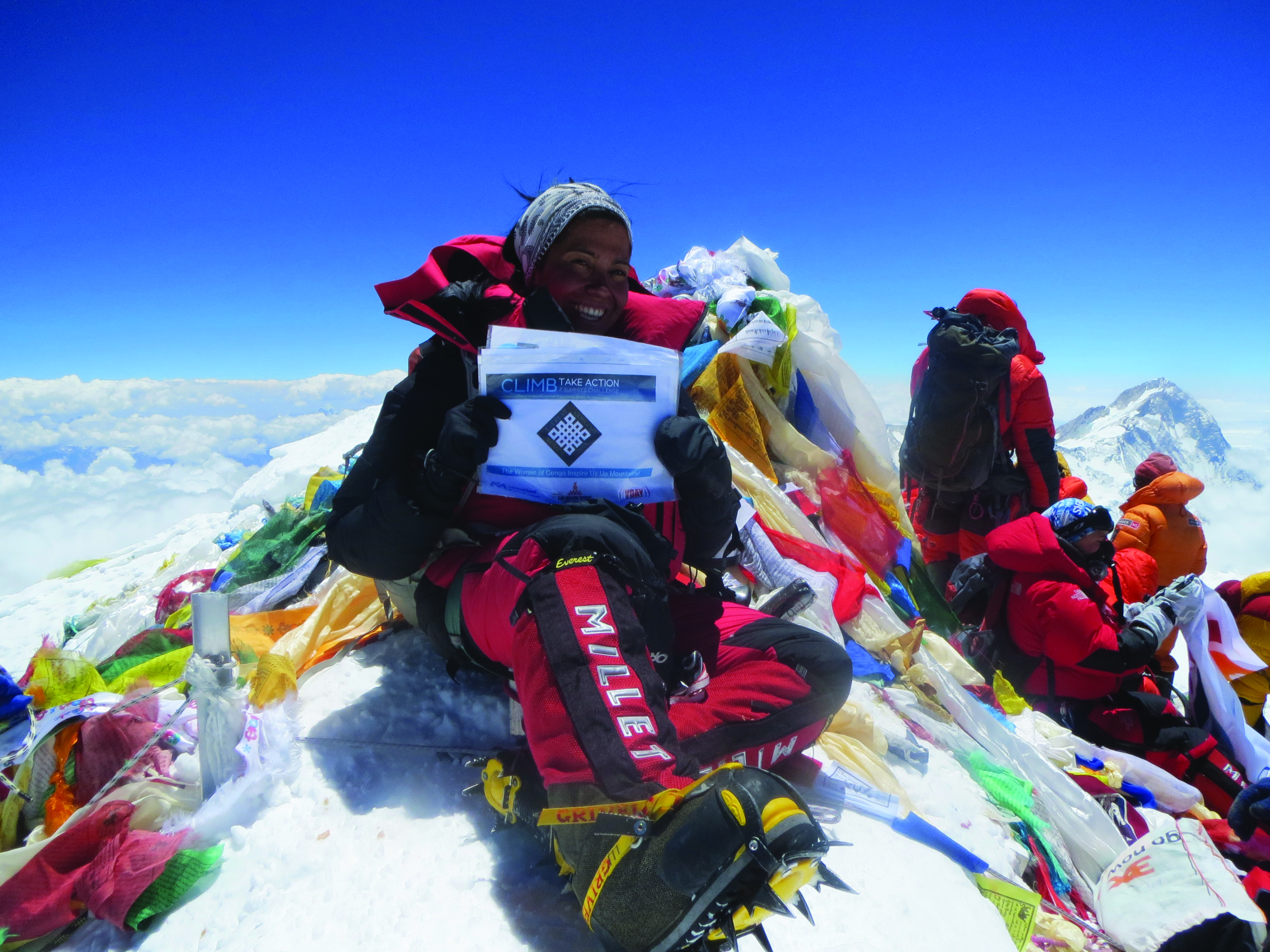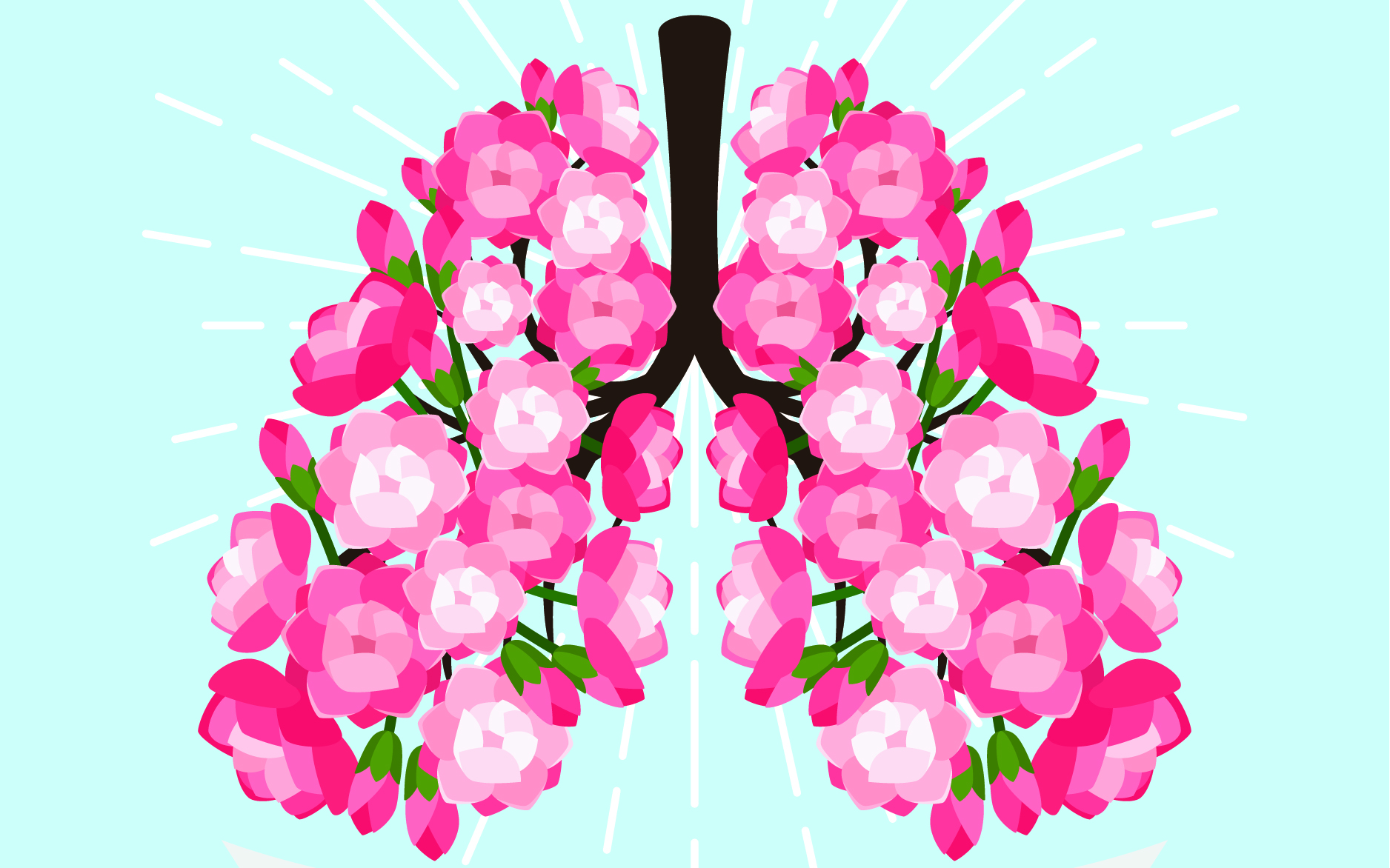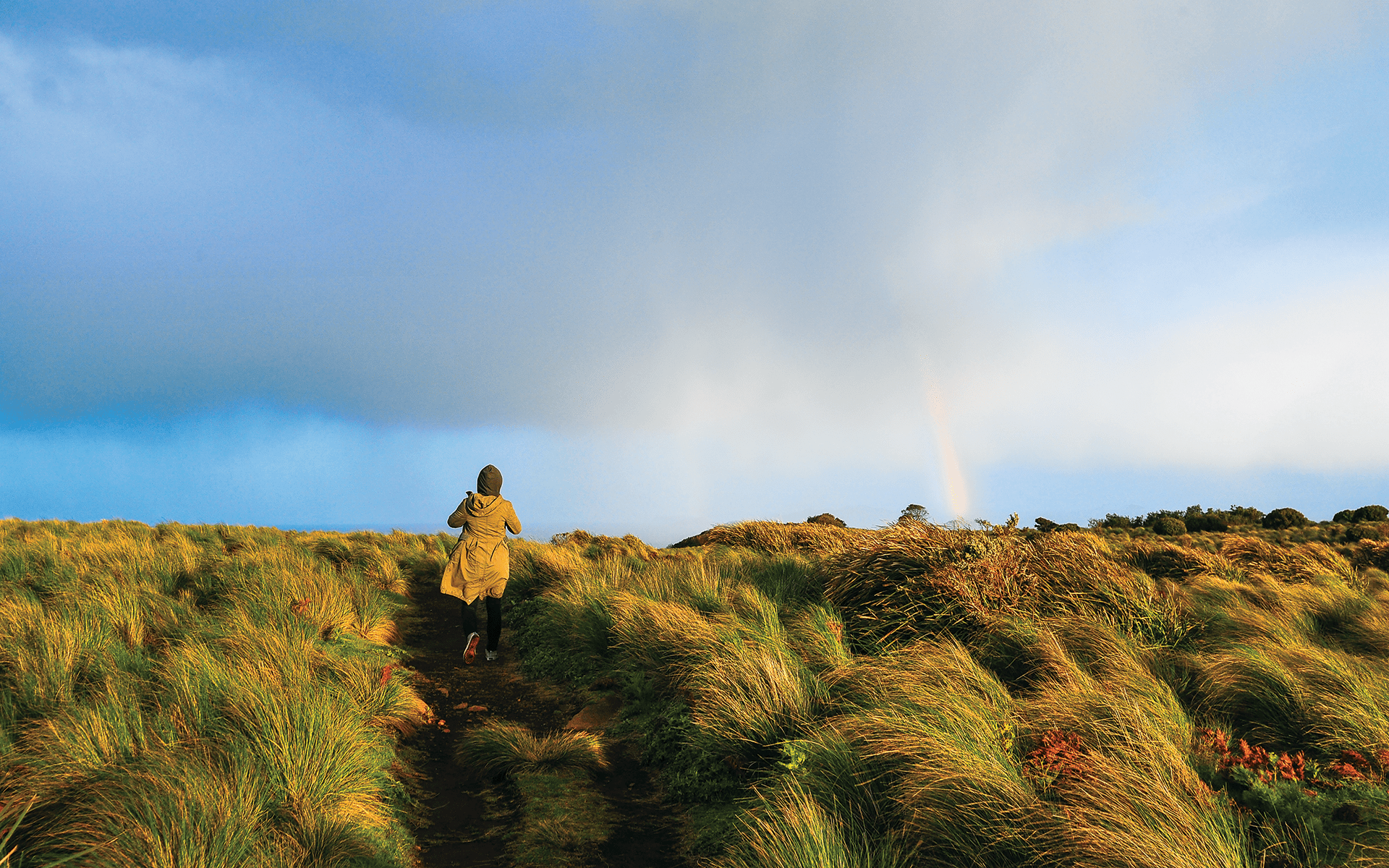“A man cannot step into the same river twice: The river is different, and so is the man.” So taught the Greek philosopher Heraclitus. But he didn’t say anything about women and mountaintops, so when mountain climber Georgina Miranda found herself just a few hours from Everest’s peak in 2013, an earlier attempt to summit was very much on her mind.
“I got sick at the exact same place, the exact same elevation altitude, almost to the spot,” she remembers. Miranda was once again in hypoxia, a condition that interferes with oxygen absorption and had, in 2011, caused her to abandon her bid for the peak. “Think of somebody having an anxiety attack. Hypoxia is the same, you can’t process oxygen, you can’t breathe. The more you get focused on it, it just agitates it.”
But at least half of Heraclitus’s assertion rang true for Miranda. She was not the same woman she’d been in 2011—and she was suddenly reminded of that by an Indian mountain guide.
Into Thin Air
“I will never understand how this man recognized me through my oxygen mask, in my down suit, in the middle of the night,” Miranda says.
“‘Georgina from San Francisco, what’s the problem?’ he said. I had befriended Satya in 2011, and he recognized me when I took a break to change oxygen bottles.
“‘It’s the same thing happening again, I’m sick, it’s the same story,’ I said to him. But he said, ‘No, that happened to you in 2011. That’s not going to happen to you right now. That’s what happened in the past.’”
Satya encouraged Miranda to walk with him. “He said, ‘You’re only five or six hours from the top. Walk behind me for an hour and see if you feel better.’” Miranda did.
A busy night on the mountain meant they had to walk slowly, a perfect pace for a climber struggling with hypoxia. “All I could do was literally take one step and one breath.” Eventually the hypoxia passed, and Miranda was able to calm down and drop deeply into the moment. Surrounded by a sea of mountains, one peak in particular stood out. “A lot of people were climbing that peak that night,” she remembers, and as she gazed through the darkness, she saw “all these little lights going up that peak, and it put everything in perspective—here are all of these people pursuing their dreams. I felt part of something so much bigger.”
That spirit-lifter was quickly followed by another and another. “The sunrise on any mountain is really special but especially on a summit day,” she says. “You’re freezing, even when the sun comes up, but it changes everything, your mood, everything—you start to see the orange glow on the horizon and it’s the most spiritual moment I’ve ever had in my life. I just felt one with everything.”
“If you can learn to tame your mind, you can learn to live fully in the present moment. And then you will have the most successful life.”
And when she finally summited Everest, she found stillness amid the effort. “You’re never totally at rest, but there was lots of underlying peace. I was taking it all in.” Miranda was struck not only by the incredible scenery, but also by the climbers who summited alongside her. “Some had satellite phones, and they were calling their families and the emotion—seeing other people reach their dreams. It was pretty special.”
Miranda notes she would not have stood atop Mount Everest without two things: her earlier failure to summit, and the mindfulness practice she found in the wake of that failure.
And it wasn’t just that failure. Miranda’s marriage had ended in 2008. When that fell apart, she had already been working for more than a year toward achieving an Explorers Grand Slam—summiting the world’s highest peaks on all six continents—
as a way to raise money to support the International Medical Corps, and the work they were doing with women and children who’d survived gender-based violence in the Democratic Republic of Congo. It wasn’t just her own dream dying on that mountainside. It was the weight of what she’d promised International Medical Corps, as well. “I felt like shit. I let everybody down.”
In the months after that failed attempt on Everest, more pieces of Miranda’s life fell apart: A person she’d been dating broke up with her, and she was laid off from her job.
In 2006, long before her first Everest attempt, Miranda had discovered yoga and mindfulness, and used them to train for the climb. Now, in looking for strength and healing, she found herself leaning in to her practice.
Breath Becomes Her
“To do any climbing, you learn breathwork, but you learn it from a mountaineering standpoint. They don’t teach it to you for your soul, or your spirituality or for self-awareness. They teach you breathwork so that you can climb a mountain and deal with the altitude,” she says.
And through yoga she’d been exposed to the idea of meditation, though she’d often spend her time in savasana at the end of a yoga class evaluating her own performance, or thinking about what the rest of the day held.
“My real practice of mindfulness didn’t come until after that climb. It was coming home and realizing that I couldn’t deal with the failure, I couldn’t process the emotions.”
And so Miranda began to look for ways to push back the feeling of failure that was permeating her life. She had to reckon with the way she had approached mindfulness before, and make a choice to try something different this time.
“When you’re going through something terrible, you use mindfulness, and then life gets a little better, and you’re like, OK, I’m good. But no! You’re still a hot mess. Go back!”
Eventually, she developed a daily practice of meditation and yoga—“My practice had actually formed into a practice versus something I just did every once in a while”—and in so doing, found a way not only forward, but also back up Everest.
“Mindfulness was what helped me have a successful expedition in 2013, because I know my mind would have got the best of me that night,” despite Satya’s best efforts. But Miranda points to the chicken-eggness of her journey: “I don’t think I would have been pushed to take the mindfulness practice so seriously if I hadn’t been doing these extreme things.”

Today Miranda’s mindfulness, breathing, and meditation practices have deepened to become a daily way of life—she chooses time in nature above anything else, and brings what she learned on Everest to her work as a coach, social entrepreneur, and public speaker. “I have a passion to wake people up, whatever that means to them. If you’re numb, you have to find something to snap you out of it, at least to start that journey back to yourself.” On Everest, being fully present is vital. “You have to be, because if you aren’t, you could trip and fall and that’s your last day. If you applied those same principles to everyday living, you would live completely differently.”
For now, Miranda is looking forward to three remaining expeditions in her Explorer Grand Slam attempt—to Antarctica, where she’ll ski the last degree to the South Pole and climb Mount Vinson; to the island of New Guinea, to summit Puncak Jaya (also known as the Carstensz Pyramid); and the North Pole last-degree ski. A lesson she’ll take with her on those excursions is one she’s had ample opportunities to encounter, including that night on Everest in 2013, when Satya encouraged her to keep her focus on the present. She’s learned to be less fixated on the summit—which is a funny outcome for a mountain climber.
For goal-oriented mountaineers, the summit is the thing. But then, she says, “That’s how most climbers die, they get so fixated on the idea that they must summit, but getting up is only half the journey. Then you have to get down. Most accidents happen on the way down. People don’t listen to their body.”
But mindfulness helps, she’s learned—for those climbing mountains, or just climbing their daily list of tasks to be done.
“Our mind can be our best friend or our worst enemy. If you can learn to tame your mind, you can learn to live fully in the present moment. And then you will have the most successful life, because you’ll find that internal happiness. It will stop this crazy hunt for joy or happiness or anything outside of yourself and you’ll realize it’s always been inside you.”
Read more
Why Mindfulness Meditation Begins with the Breath
We can learn a lot from the natural rhythm, pace, and un-fussiness of how the breath continues its work, without making a big deal out of it.
Read More
The Ultimate Quest to Find Meaning
What does it mean to live a full, meaningful life? Writer Stephanie Domet goes exploring with renowned mindfulness teacher Mirabai Bush, hospice pioneer Frank Ostaseski, and Rabbi Rami Shapiro and discovers what’s truly essential.
Read More





